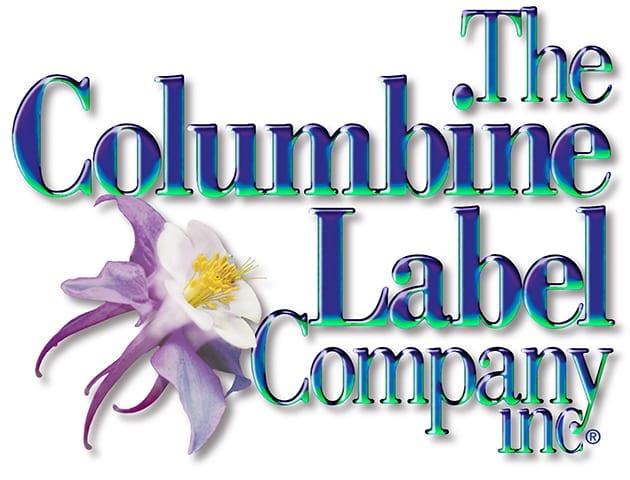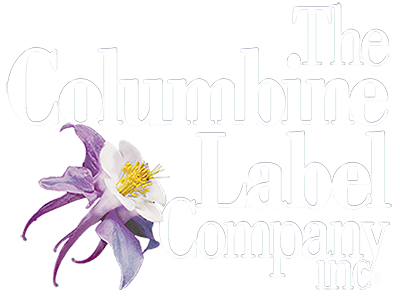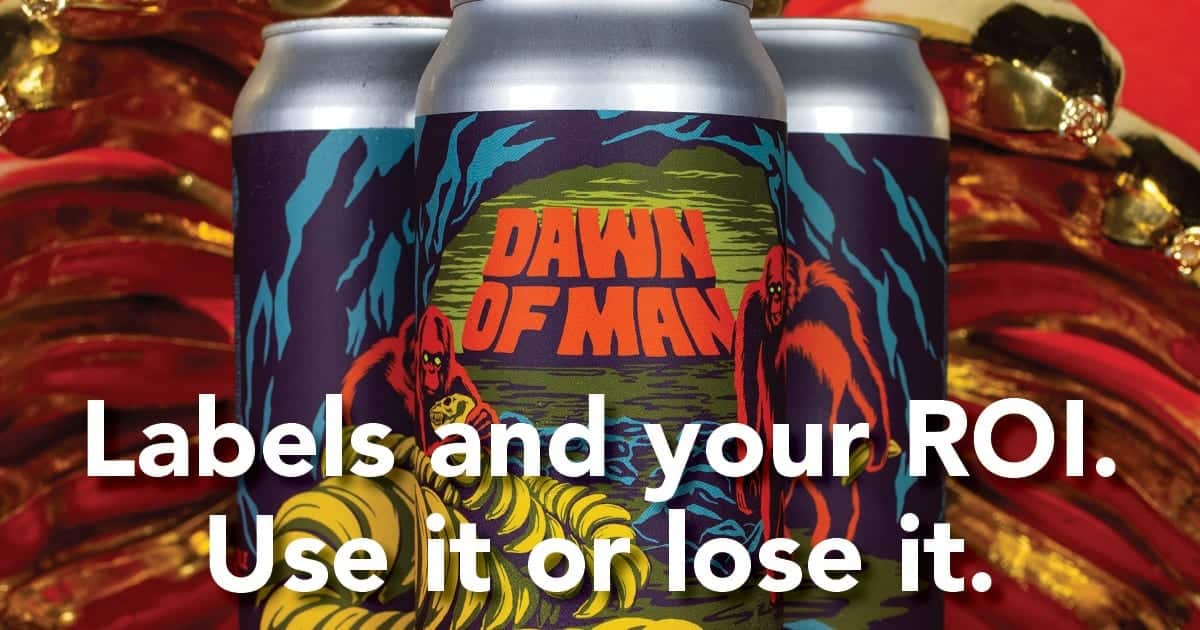They say looks aren’t everything. But we’re here to tell you: yeah, actually they are – when it comes to consumer products. According to one source now lost to the internet (Kissmetrics), a whopping 93 percent of consumers ranked the product’s visual appearance as the most important factor in selection for purchase.
That means prime labels – the front-of-the-package graphic – have tremendous power. The power to attract. The power to engage. The power to connect. The power to influence a purchase. The power to define your brand.
As a marketer of consumer products, you want to harness that power and use it to attract consumers to your products and help you stand out in an overcrowded field of competing options.
To fully unleash a label’s power, however, requires unwavering label excellence on multiple levels. In the world of prime labels, all are not created equal. The differences come down to one thing: quality.
Quality starts with three factors
What exactly does “quality” mean when it comes to labels? On a high level, quality labels are defined by three primary factors:
- Print quality: Colors, consistency, registration, image fidelity, scuff + moisture resistance.
- Material selection: Facestock material, adhesive selection, topcoats or laminates
- Application: Smooth, seamless, centered labels that do not lift or peel prematurely
Why is this so important? Well, because our president said so, but also because prime labels are THE ONE marketing vehicle that consumer brands need to get just right, with a laser focus on producing high-quality labels each and every time.
Done well, prime labels deliver results. And that result isn’t just a glance. It’s a ‘put that in the basket, we’re taking it home’ sort of result that many of us vy for.
The proof lies in a few key consumer product labeling trends that underscore the fact that the primary label is – and must be – the real workhorse of revenue generation:
Why labels are a revenue workhorse
1. The ever-increasing number of consumer products: According to one Harvard study, each year 30,000 new consumer products are introduced. Of those new entrants, around 80 percent of them fail during their introductory year. The major reason? Inadequate and ineffective marketing, most notably rooted in poor consumer awareness during the first year. It is progressively tougher to stand out in an already crowded field of competing – and continually expanding – choices.
2. The extraordinary impact of visual appeal and color: Eye appeal matters. It matters a lot. A key factor in visually swaying consumer choice is color – a reported 85 percent of consumer perceptions and decisions are swayed by color. Colors activate our perceptions and, in consumer minds, craft specific ideas about a product’s attributes then believed as “fact”. Optimizing the color and aesthetic characteristics of a prime label can alter consumer perception of product quality, performance, taste, smell, and safety.
3. The role of last-minute impulse in consumer product selection: Ever stopped at the store to pick up a few items and left with a few extra goodies, not on your list? You’re not alone! Consumers make retail-buying decisions on impulse. A mere one-third of consumer retail purchases are pre-planned, making impulse the primary driver for 67 percent of purchases, according to one source.
Additionally, those impulsive consumer-buying decisions are made in less than 8 seconds. This is a remarkably slim window of opportunity for brands, retailers, and primary product labels to stand out and make an impression that matters.
Applying the concept
So now that we’ve removed all doubt about the power of labels, it’s time to apply the concept.
Appealing visuals need the proper form and function for optimum performance. They require attention to many details as well as proper supply chain partnerships that incessantly obsess about quality each and every day.
Product containers include a wide range of materials and types such as glass, plastic, metal, and coated paper in the form of bottles, cans, vials, and more. To complicate matters even further, containers are highly varied in shape and size, such as straight, curved, double curved, rectangular, and round and beyond.
These seemingly endless options and potential combinations make the prime label’s job a challenging one. These variations drive considerations such as design, fit, label /facestock properties, adhesive selection, and many others.
Furthermore, label selection and design factors such as resistance to humidity, temperature variations, scuff and scratch resistance, as well as bottle or packaging materials, shapes, sizes, and surface textures all play an important role in crafting a consumer product label that performs throughout product usage. In prime labeling, there is no one-size-fits-all or generic labeling solution.
Using the help of a label expert to select the proper components and apt label technology, whether it’s pressure-sensitive labels or shrink sleeve labels – is a crucial step in achieving proper label appearance and performance.
Looks matter – use it or lose it.
When done properly, labels are a powerful path to purchase, helping to win consumers’ eyes, hearts, minds, and wallets. Regardless of the label technology used, the visual appearance, colors, and quality of the label must be pristine on each and every package, every single time.
The bottom line is that consumer-facing product labels, from appropriate material selection to printing, production, application, overall quality, and end-use, are high-impact marketing tools that can make or break ROI.


